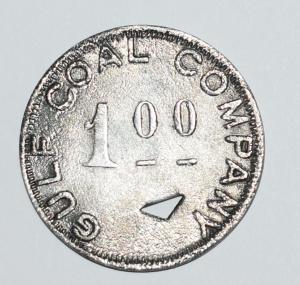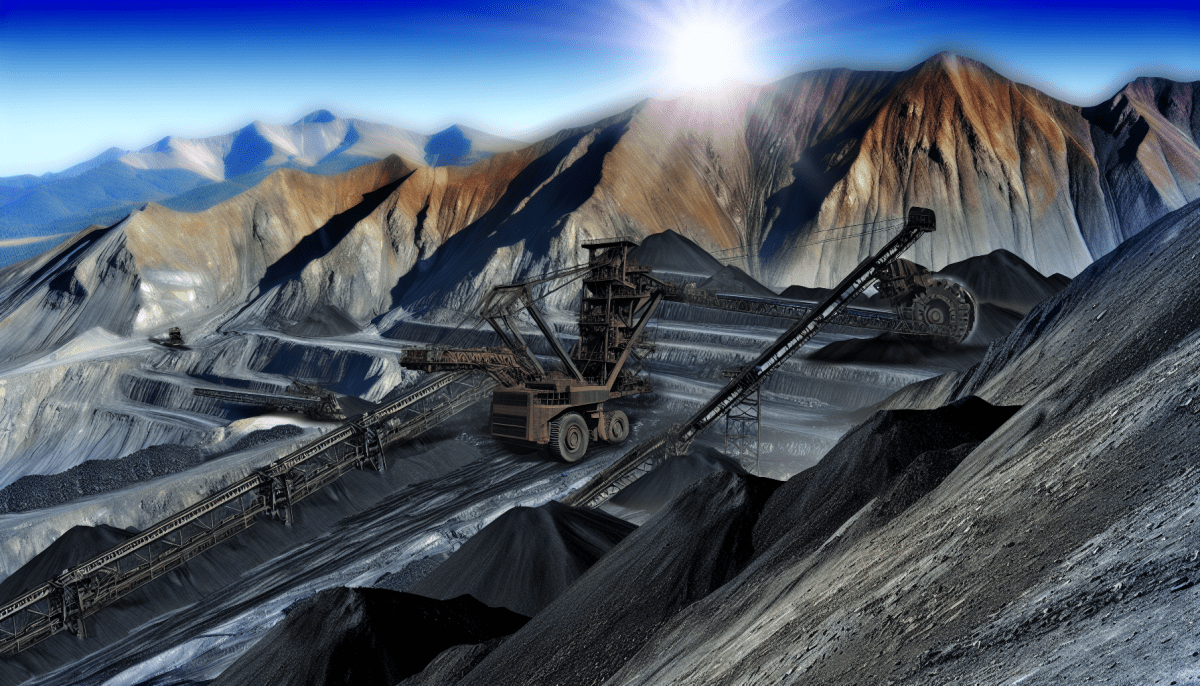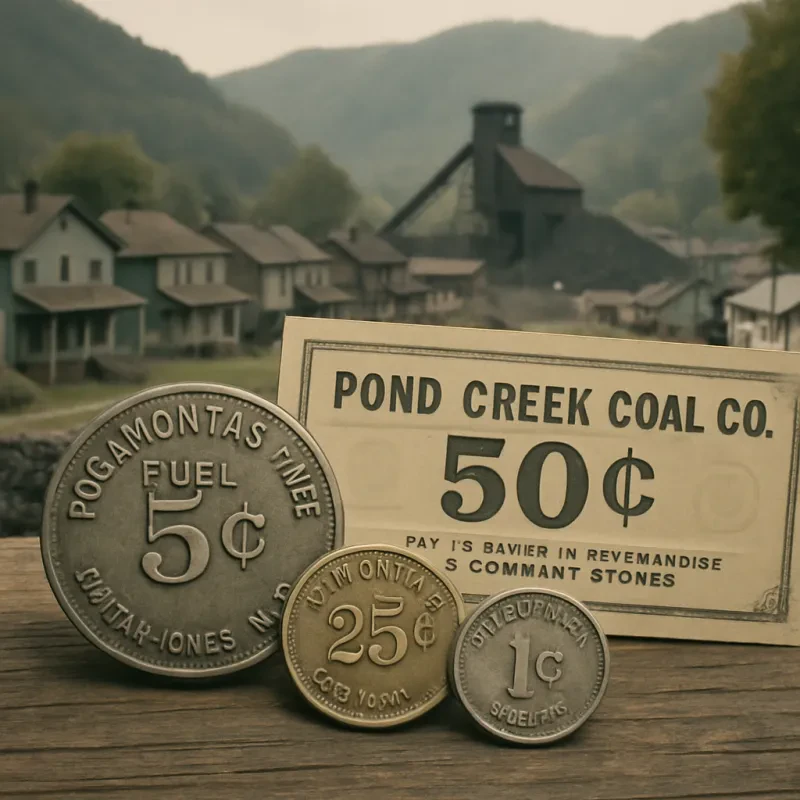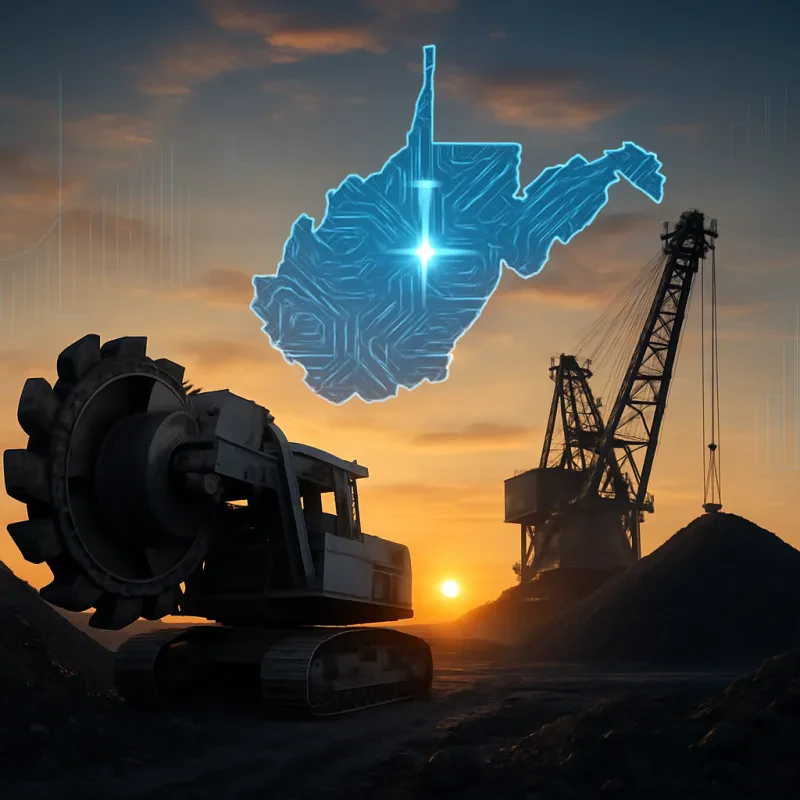The Impact and Scale of Mountaintop Coal Mining in the USA
Mountaintop removal mining (MTR), also known as mountaintop coal mining, is a form of surface mining at the summit or summit ridge of a mountain. Coal seams are extracted from a mountain by removing the land, or overburden, above the seams. This process is considered to be more efficient and less costly than traditional deep mining, but it has been a subject of intense environmental concerns due to its profound impact on the landscape, ecosystems, and communities.
Understanding Mountaintop Removal Mining
Mountaintop removal mining involves several steps. First, the trees and vegetation are cleared, and the topsoil is removed. Explosives are then used to break up the rock, exposing the coal seams beneath. The overburden, or waste rock, is moved into adjacent valleys, in a practice known as valley fill. The coal is extracted and processed, and the land is often reclaimed, or restored to a natural or economically usable state, although the original ecosystem and topography are permanently altered.
The environmental impact of MTR is significant. It leads to deforestation, loss of biodiversity, and the contamination of water supplies due to the release of minerals and heavy metals. The practice also contributes to air pollution and has been linked to health problems in local communities, including respiratory issues and cancer.
The Biggest Strip Jobs in the USA
The United States, particularly the Appalachian region, has been a hotspot for mountaintop removal mining. West Virginia, Kentucky, Virginia, and Tennessee are among the states where MTR is most prevalent. Some of the largest mountaintop removal sites include:
- Hobet Mine, West Virginia: Once one of the largest mountaintop removal mining sites in the United States, the Hobet mine in Boone County, West Virginia, spanned approximately 12,000 acres. Over its operation, it produced millions of tons of coal.
- Mountaintop Removal Sites in Kentucky: Kentucky has several large MTR sites, particularly in the eastern part of the state. These mines have significantly altered the landscape and impacted local communities and the environment.
- The Black Mountain site in Virginia: This site is among the largest in Virginia, affecting thousands of acres and significantly impacting the landscape and local ecosystems.
Coal Mining via Mountaintop Removal: Scale and Output
Mountaintop removal mining accounts for a significant portion of coal production in the United States, particularly in Appalachia. While exact figures vary year by year, MTR has been responsible for producing tens of millions of tons of coal annually. The method has been favored by the industry for its cost-effectiveness and efficiency compared to underground mining, despite the environmental and health costs.
The efficiency of mountaintop removal mining comes from the ability to access multiple coal seams with a single operation, reducing labor and equipment costs. However, the decline in coal demand, environmental regulations, and the increasing competitiveness of renewable energy sources have led to a decrease in MTR mining over the past years.
Mountaintop removal mining has played a significant role in coal production in the United States, offering economic benefits while also posing serious environmental and health risks. The practice has reshaped landscapes, affected ecosystems, and impacted communities in coal-mining regions. As the energy sector evolves and shifts towards more sustainable sources, the future of MTR and its role in the U.S. energy landscape remains uncertain. The ongoing challenge will be to balance the economic benefits of coal mining with the need to protect the environment and public health, ensuring a sustainable and responsible approach to energy production.







